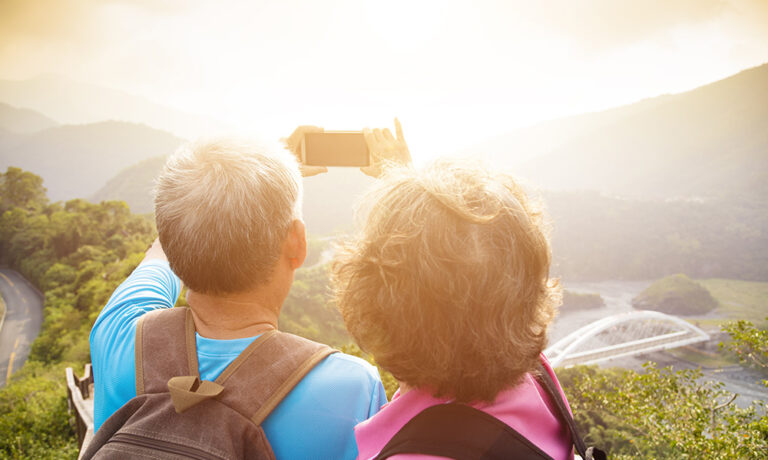5 Ways to Make the Most of Your Digital Photos
With the advent of smart phones featuring exceptional cameras it has gotten easier than ever to snap hundreds of photos while on vacation. We covered some basic tips on how to Take Smarter Pictures With Your Smartphone. Now, what do you do with those photos once you get back, or even while you’re traveling? Luckily,…



